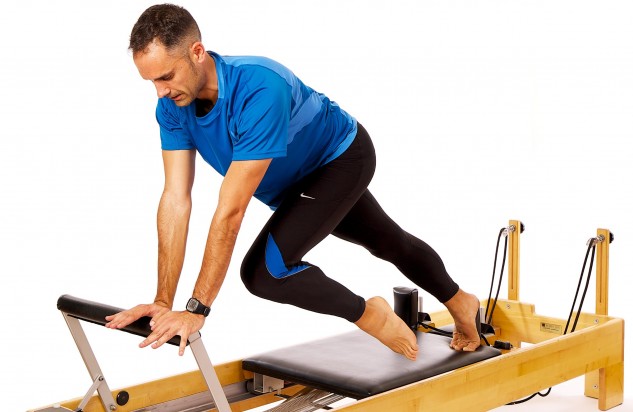How to run more efficiently and avoid injuries
Fri,Apr 10, 2015 at 02:06PM by Body Organics
Benefits of running
Running is one of the most convenient forms of exercise that you can start with as you do not need special equipment. Also the many benefits of running are well known, such as:
// It is a weight bearing exercise so running helps build strong bones
// Running will strengthen your muscles
// Running improves cardiovascular fitness
// Burn plenty of kilojoules with running and maintain a healthy weight
Why do runners have high injury rates?
A 2009 – 2010 survey conducted by the Australian Bureau of Statistics inquiring into the levels of participation in sport showed that 5.6% of women and 7.5% of men participated in running or jogging as part of their physical recreation. Yet running has some of the highest injury rates among recreational athletes – around 20% of those who run injure themselves each month!
Why is this injury rate so high? Is it because our predominant positions of daily living are static, e.g. sitting for long periods? Is it because our postural positions have regressed? As a physiotherapist I strongly believe that it is multi factorial and that this influences our ability as adults to be efficient movers. So what is the answer?
Two key elements that help prevent injury in runners
Two points I would like everyone to take home from reading this article are:
1) Posture is key for runners;
2) Strength is important in being an efficient runner.
Posture is key for runners
The better you can maintain your upper body position throughout your run the less energy is wasted while running. This efficient position needs to start from your pelvis and be followed through the trunk. An image that works for me is to think of the trunk like a cylinder where the diaphragm is the top, the pelvic floor forms the bottom and your transverse abdominus and multifidus muscles form the body of the cylinder. In order to be an efficient runner your cylinder should be organised, but not rigid. If you are rigid when running this can lead to injury or inefficiencies of running form as you will not be absorbing force properly.
A quick check of your posture is to stand in front of a mirror and step into a back lunge. When you are down in the lunge position check to see if the front of your pelvic bones are level with one another – they should be parallel to the ground, check to see if your shoulders are level and in line with your pelvic bones as well.
Strength for runners
Combined with good posture and the ability to maintain that posture over and over is ‘strength’. Now I am not talking about lifting heavy weights repeatedly until exhaustion, although you can build up strength to run that way. I am referring to running-specific strength, where the muscles of the legs are able to absorb and produce force for extended periods of time. This is important in order to avoid some of the common running injuries such as medial tibial stress syndrome or shin splints for short, iliotibial band syndrome (ITB syndrome) or Achilles tendonitis.
Specialised classes for runners
At the Body Organics West End studio we are starting runner-specific classes aimed at improving eccentric strength and posture. These classes will be starting from the 20th of April 2015 and will be held twice a week for ten weeks. So come on down and find out how efficient you can become as a runner! Check out the timetable for our classes for runners as well as our other specialised classes. Download the flyer and timetable.
Mauricio Bara is a keen runner and practises physiotherapy and teaches pilates in Brisbane with Body Organics. He completed his Human Movements degree with honours from the University of Queensland and then went on to complete a Graduate Masters in Physiotherapy from Griffith University.
 0
0 
